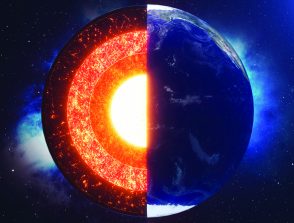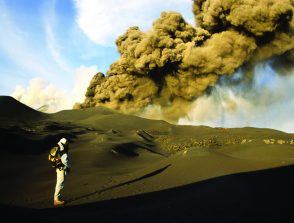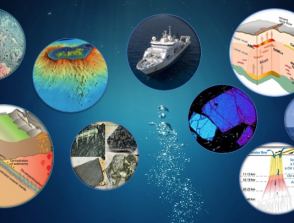Geophysical and Geochemical Studies of a Vapor-Driven Hydrothermal Field on the Floor of Yellowstone Lake
16/03/2023
IPGP - Îlot Cuvier
11:00
Séminaires Géosciences Marines
Salle 310
Robert Sohn
WHOI
The Yellowstone Plateau Volcanic Field (YPVF) hosts a large hydrothermal system comprised of more than 10,000 thermal features, including geysers, fumaroles, mud pots, and thermal pools. Most thermal fields are located inside the 0.64 Ma Yellowstone Caldera, which experiences continuous, decadal-scale cycles of uplift and subsidence, and thousands of earthquakes annually. This geological activity affects the hydrothermal system in a variety of ways, including by triggering catastrophic hydrothermal explosions. The highest density of hydrothermal explosion craters anywhere in the world is found in Yellowstone Lake’s Northern Basin, including the largest known such crater (Mary Bay), with a diameter of 2.5 km. Yellowstone Lake hosts numerous thermal fields, but their characteristics, including the reason for their propensity to explode, have remained largely unknown due to their sublacustrine location. From 2016-2018 the Hydrothermal Dynamics of Yellowstone Lake (HDYLAKE) project employed instrumentation and techniques developed for deep-sea vent fields to study thermal fields on the floor of Yellowstone Lake, and to assess how they respond to various types of forcing. In this talk I provide an overview of the HDYLAKE project, and present results from a detailed study of a lake floor thermal field driven by vapor and volatiles from decompression boiling.






